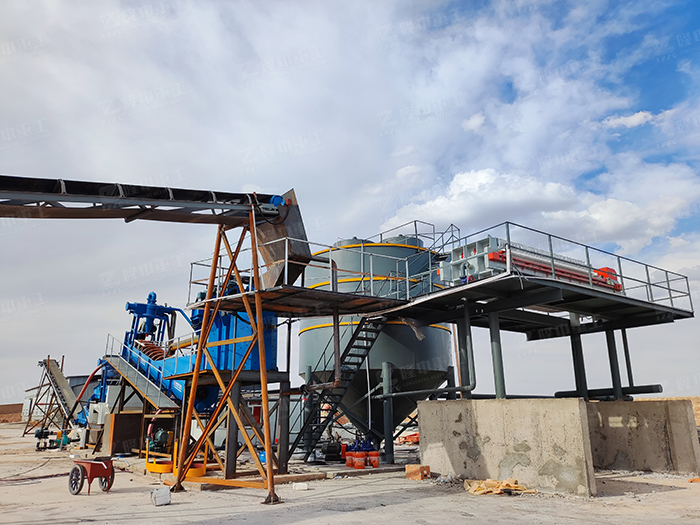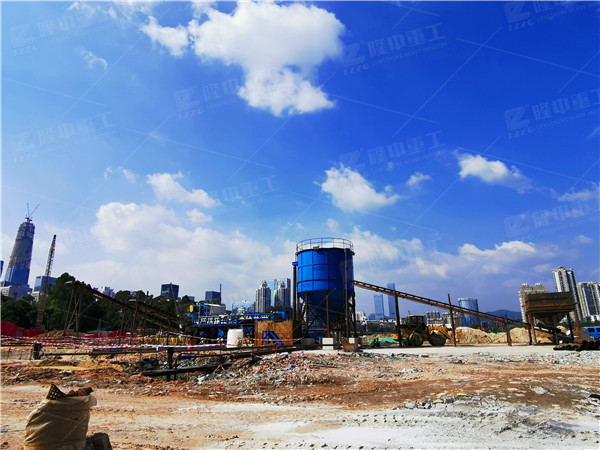Common methods of oil sludge treatment
 May.03,2021
May.03,2021
Organic solvent extraction method, based on the principle of similar compatibility, the use of organic solvents to treat sludge experimental research is the main direction of the current treatment of sludge. First, the sludge and the kerosene solvent are mixed to dissolve the crude oil in the kerosene. After the mixture is separated into layers, the liquid phase and the solid phase are separated.
The main processes are as follows:
A. Crush the sludge.
B. Kerosene extraction. The crushed sludge and kerosene are mixed and stirred, and heated to 50-100°C. After standing for stratification, the kerosene is extracted.
C. Rinse with warm water. After kerosene extraction, the soil is mixed and stirred with clean water.
D. Dehydration. The washed soil is dehydrated. Solvent, acoustic energy treatment method, this method is to form mud after mixing oil sludge with solvent. (The mixing ratio of soil and solvent depends on the nature of the soil).
The mud flows into the vibrating screen by gravity. After the large particles with a particle size greater than 1/4 inch are intercepted, they are sent to the crusher, and the large particles are crushed and mixed with the under-sieve into the low-frequency sonic oscillator. The fresh solvent is injected into the bottom of the acoustic wave oscillator through the pipeline and flows upward, so that the oil in the soil particles is dissolved in the solvent under the action of low-frequency sound energy and the solvent, thereby separating the oil and soil. By adjusting the flow rate of the solvent, the sedimentation can be maintained while maintaining high treatment efficiency. The solvent can be light crude oil, organic solvent (such as toluene) or kerosene.
The oil content of the soil treated by this method is 0.2-0.4%, which is lower than the emission standard. In the carbonamide solution washing method, the hydrogen atoms on the carbonamide amino group can form strong hydrogen bonds between molecules, so the carbonamide easily forms a hexagonal barrel structure, and linear hydrocarbon molecules are easily surrounded by this structure to form inclusion compounds. This hexagonal barrel structure is easily destroyed in an aqueous solution, and linear hydrocarbon molecules that are insoluble in water are released.
In the processing of petroleum products, this property of carbon amide is also used to separate straight-chain hydrocarbons from gasoline to improve gasoline quality. With the continuous formation and destruction of the hexagonal barrel structure, the linear hydrocarbons in the oil sludge gradually form containing compounds, and the affinity between the oil sludges is destroyed, and the oil sludge separation is realized.





